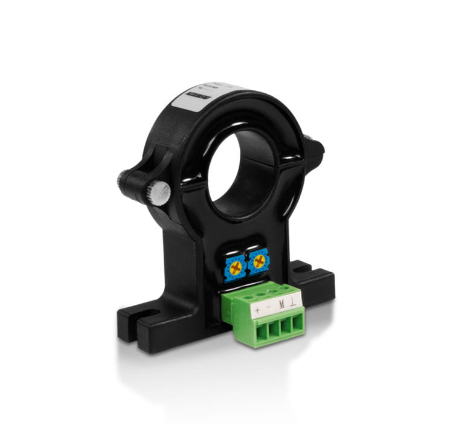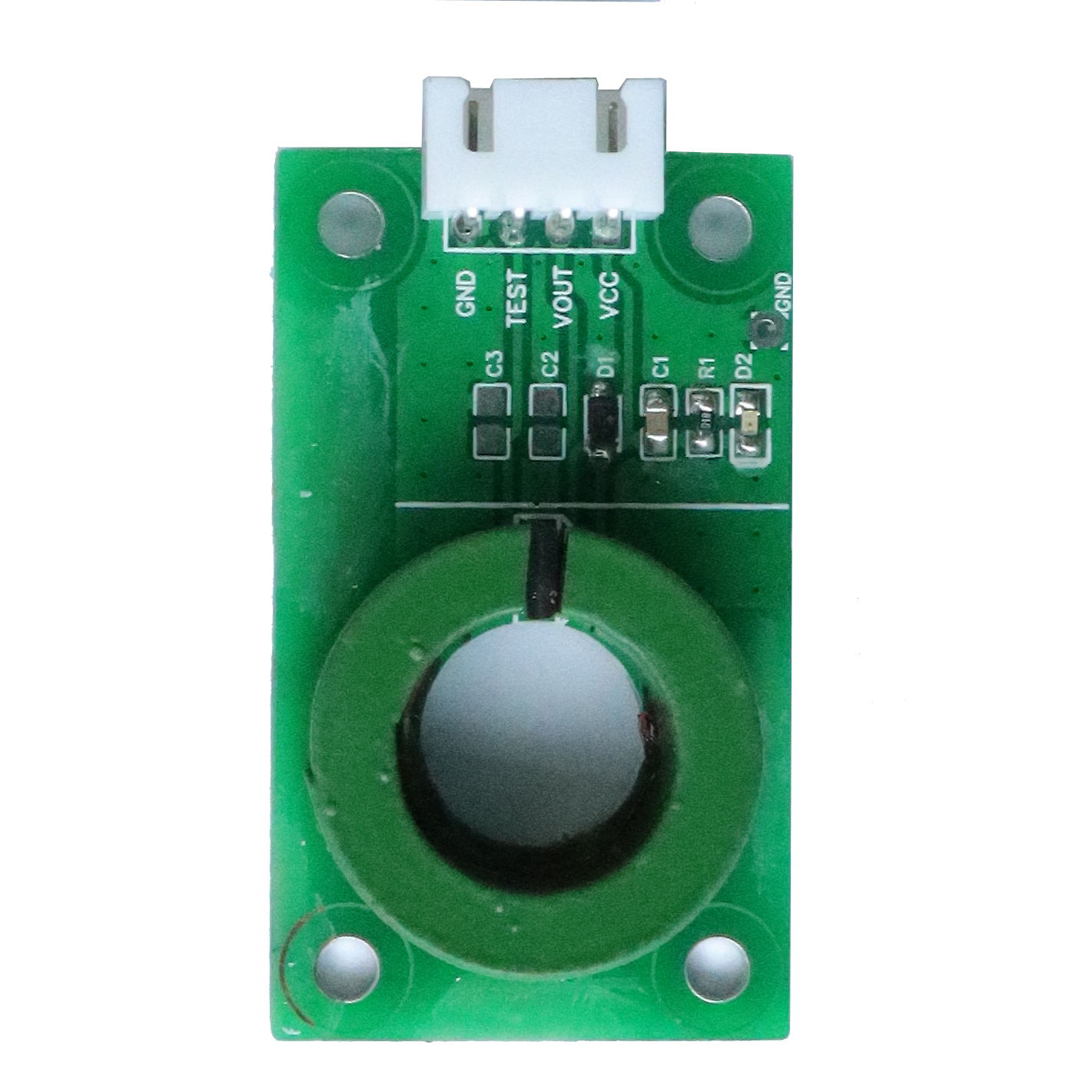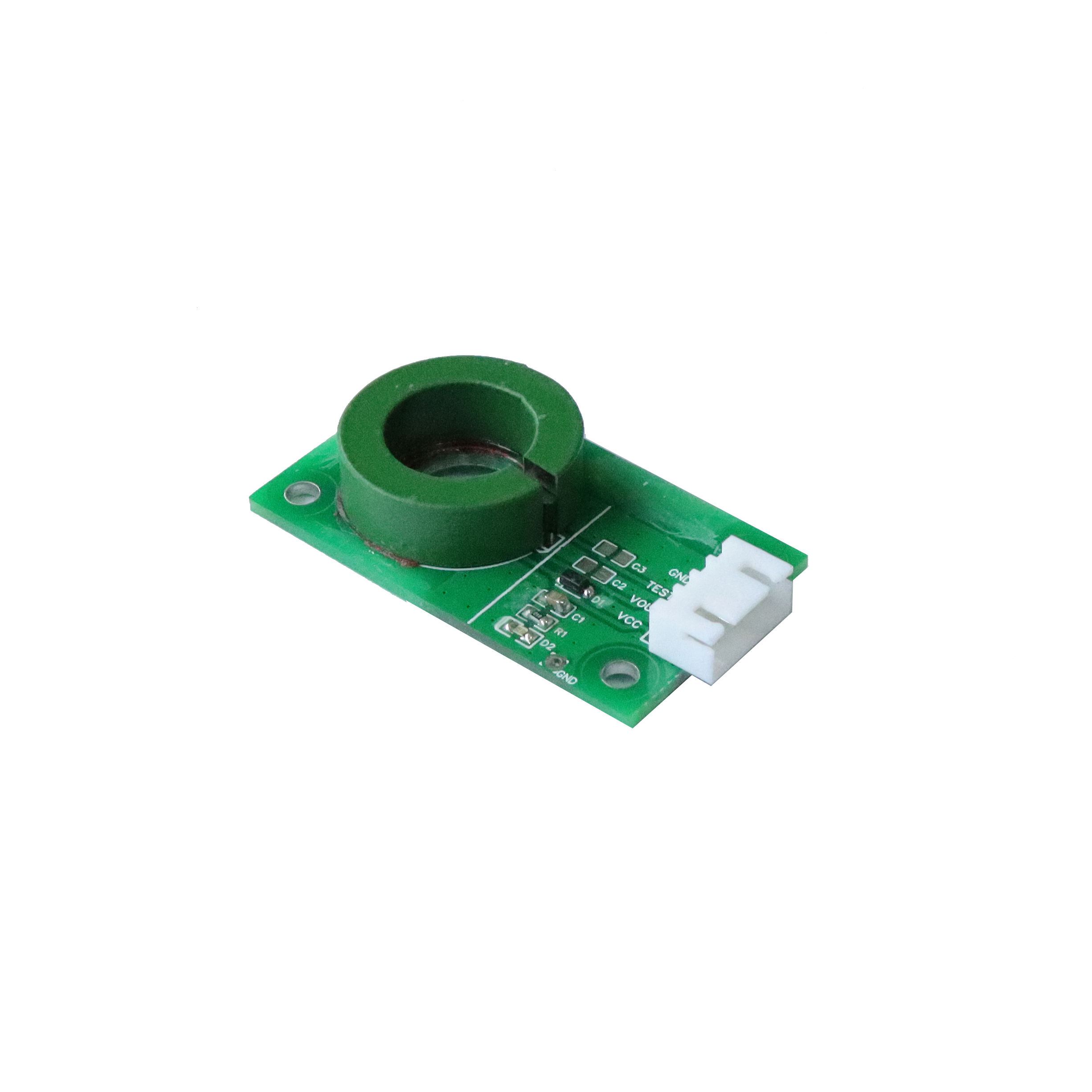What
is the principle of current sensor?
The application of sensors is becoming more
and more extensive, and current sensor is a kind of sensor, which is mainly
used to realize the induction of current. The application of current sensor has
penetrated into all aspects of our lives, so what is the principle of current
sensor?

1. What is the principle of current sensor?
Current sensor, also known as , is a detection device that uses
the Hall magnetic balance principle to complete the induction of the measured
current information and output it as the required form of information. It has
the characteristics of high sensitivity and strong anti-interference. It has
been widely used in smart grids, household appliances, computer hard disks and
other necessities of life.
2. What are the classifications of current
sensors? Current sensors have different classification methods according to
different classification forms. According to different working principles, they
can be divided into electronic current transformers, electromagnetic current
transformers and shunts. Among them, electronic current transformers include
variable frequency power sensors, Rogowski current sensors, Hall current
sensors, etc. Compared with electromagnetic current sensors, they have wider
transmission bands, smaller sizes, lighter weights, and smaller secondary load
capacity, etc., and gradually occupy most of the current sensor market. Next,
we will take the classic Hall current sensor as an example to explain the
principle of current sensor.
3. Hall current sensor The more famous Hall
current sensor is based on the Hall effect and uses the Hall magnetic balance
principle to measure various types of currents. First, the measured current is
input at the control current end of the Hall element, and then a magnetic field
(with an intensity of B) is applied in the normal direction of the Hall element
plane. Finally, an electric potential will be generated at the output end of
the Hall element, called the Hall potential (the direction is perpendicular to
the current direction and the magnetic field direction). The waveform of the
potential is consistent with the input current, so it can accurately reflect
the changes in the measured current. The above is an introduction to the
principle of current sensors. With the rapid development of science and
technology, the research and development technology of sensors is also
developing day by day. However, the operating principles of sensors are roughly
the same. As long as we understand its principle characteristics, we can be
more handy when using current sensors!








 +86 21 59241315
+86 21 59241315  sales@xvyanprecision.com
sales@xvyanprecision.com
 No 969, YunHan Road Pudong District Shanghai City China
No 969, YunHan Road Pudong District Shanghai City China